We use cookies to enhance your experience. Read our policy so you can understand the types of cookies we use, the information we collect using cookies and how that information is used.Privacy Policy
Close
Confirm choices
Buckling Restrained Brace (BBR), is a structural brace in a building, designed to allow the building to withstand cyclic lateral loading, especially earthquake-induced loading. It consists of a slender steel core, a concrete casing designed to continuously support the core and prevent buckling under axial compression, and an interface region that prevents undesired interactions between the two.
Details
Buckling Restrained Brace
Buckling Restrained Brace (BBR), is a structural brace in a building, designed to allow the building to withstand cyclic lateral loading, especially earthquake-induced loading. It consists of a slender steel core, a concrete casing designed to continuously support the core and prevent buckling under axial compression, and an interface region that prevents undesired interactions between the two.
BRB’s structure is simple. It comprises of three major components, steel core, bond-preventing layer, and casing.
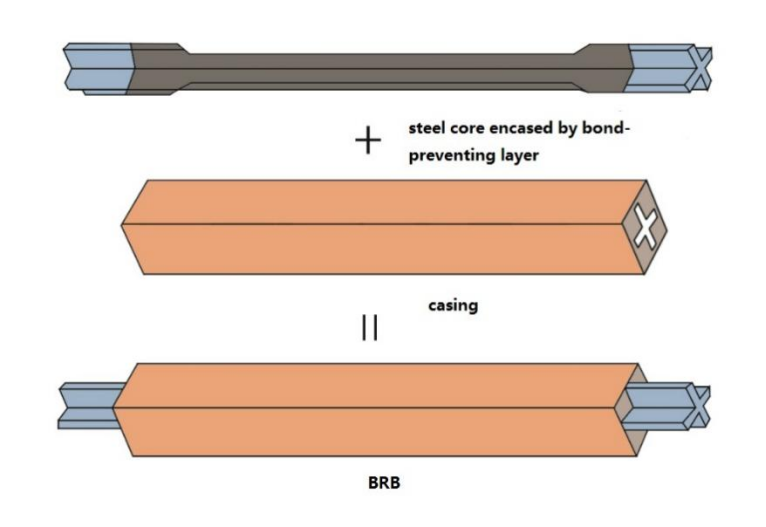
components in BRB (source: Bing)
The steel core is specifically engineered to withstand the complete axial force generated in the bracing. Unlike regular braces, its cross-sectional area can be significantly reduced because it is not susceptible to buckling limitations. The core is composed of three sections: a central length designed to yield in a non-elastic manner during a design-level earthquake, and rigid, non-yielding lengths at both ends. By increasing the cross-sectional area of the non-yielding sections, their elasticity is preserved, allowing plasticity to be concentrated in the middle portion of the steel core. This configuration ensures a high level of confidence in predicting the behavior and failure of the element.
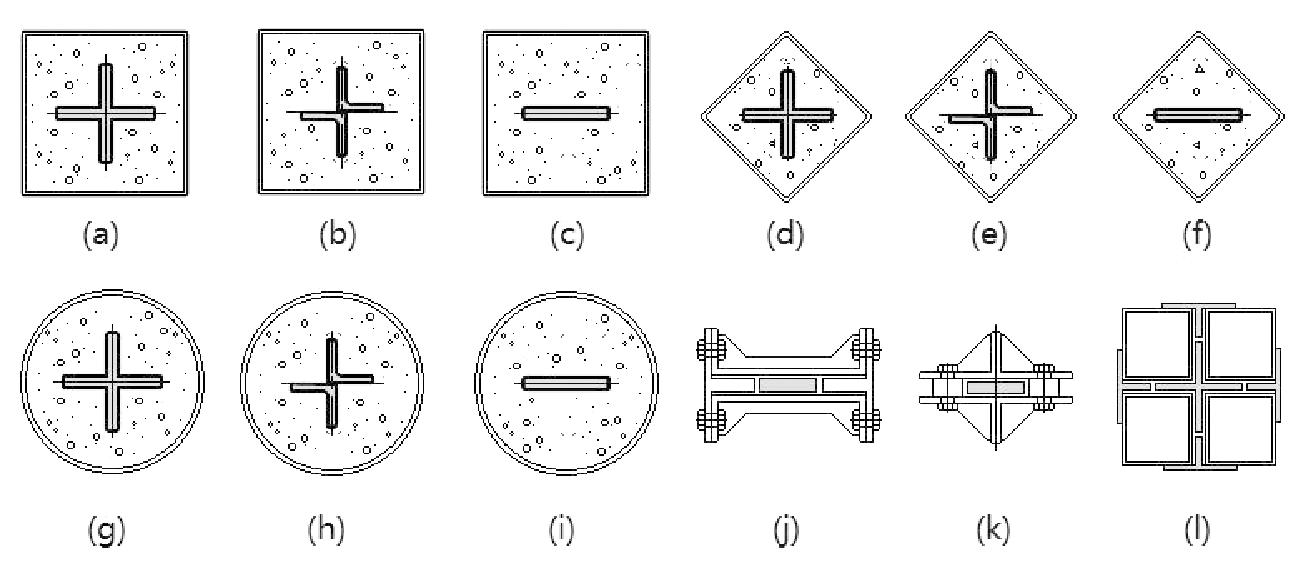
Different layout of the section view of the steel core
The bond-preventing layer decouples the casing from the core. This allows the steel core to resist the full axial force developed in the bracing, as designed.
The casing – through its flexural rigidity – provides the lateral support against flexural buckling of the core. It is typically made of concrete-filled steel tubes. The design criterion for the casing is to provide adequate lateral restraint (i.e. rigidity) against the steel core buckling.
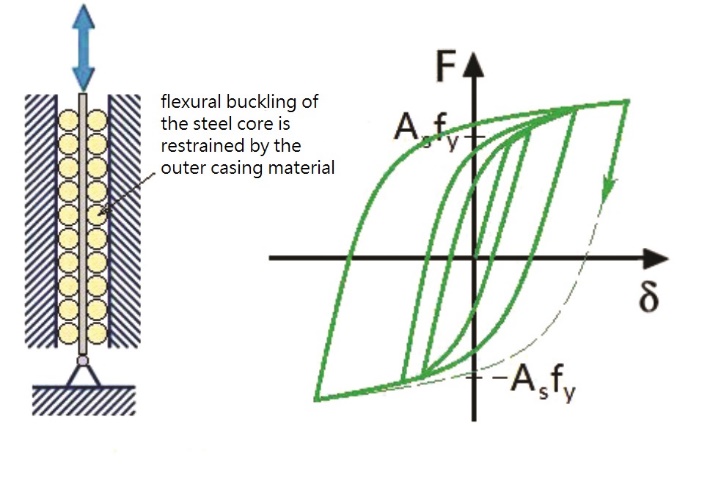
An illustration explains how BRB dissipates energy through the buckling of steel core
(source: Bing)
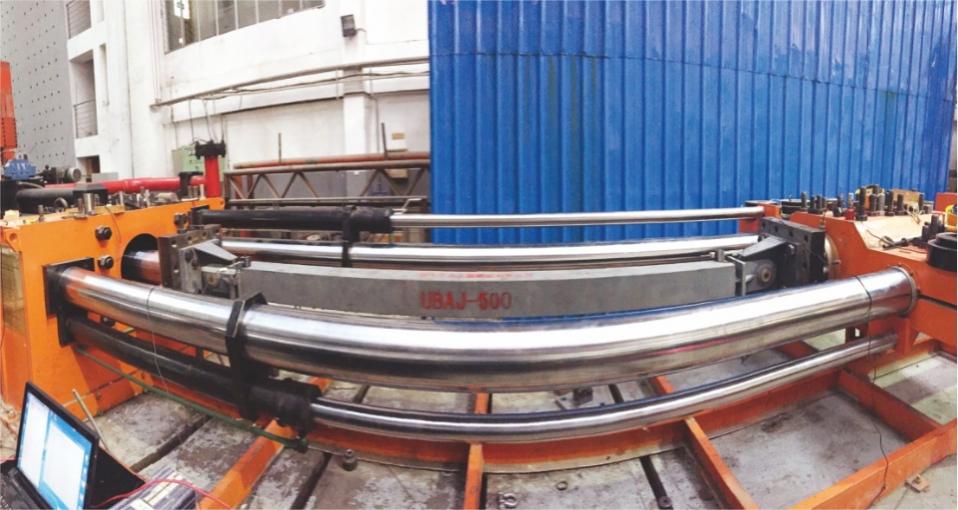
IEC’s BRB ITT testing
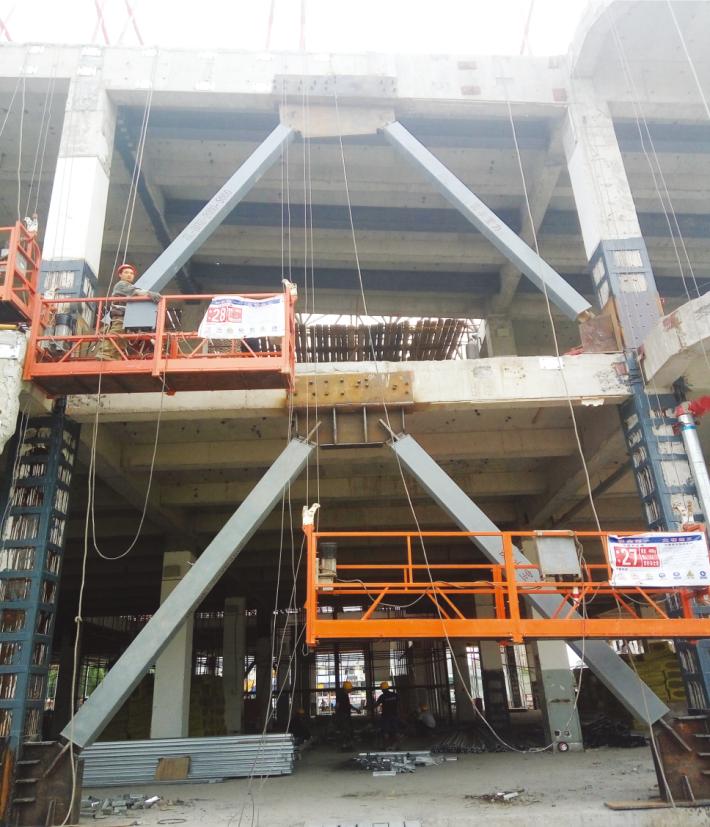
IEC provided BRB for retrofitting of Automobile Parts Cluster building in west Beijing
Consult IEC for more information.